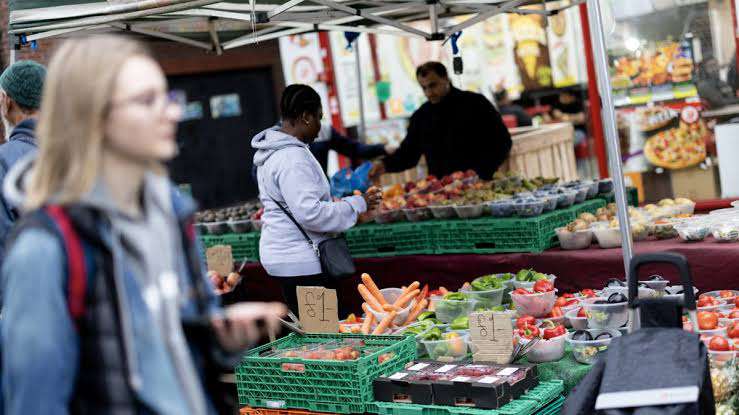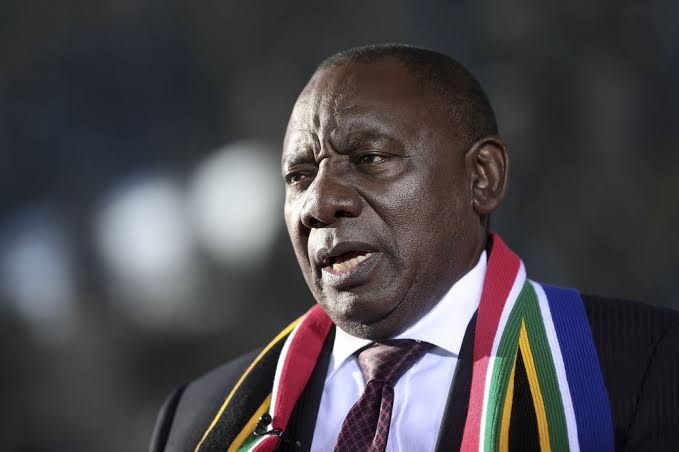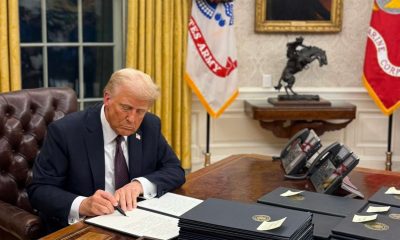Business
US core inflation hits 2.9% in July, highest since February

Core inflation in the United States rose to its highest level since February, as President Donald Trump’s tariffs continue to influence consumer prices, according to data released Friday by the Commerce Department.
The personal consumption expenditures (PCE) price index, the Federal Reserve’s preferred inflation gauge, showed that core prices, excluding food and energy, climbed at an annual rate of 2.9% in July, up from 2.8% in June and matching economists’ expectations.
On a monthly basis, the core index increased 0.3%, also in line with forecasts. The broader PCE index, which includes food and energy, rose 2.6% year over year and 0.2% for the month.
The Fed targets 2% inflation, so the current reading underscores continued pressure in the economy. Policymakers view core inflation as a more accurate measure of long-term trends because it strips out volatile components like energy and groceries.
Despite the uptick, markets widely expect the Fed to cut interest rates next month. Fed Governor Christopher Waller said Thursday he supports a reduction and would consider a larger cut if labor market weakness persists.
“The Fed opened the door to rate cuts, but the size of that opening is going to depend on whether labor-market weakness continues to look like a bigger risk than rising inflation,” said Ellen Zentner, chief economic strategist at Morgan Stanley Wealth Management to CNBC. “Today’s in-line PCE Price Index will keep the focus on the jobs market. For now, the odds still favor a September cut.”
The report also showed that consumer spending rose 0.5% in July, while personal income increased 0.4%, both meeting expectations and signaling resilience in household demand despite higher prices.
Energy prices helped limit overall inflation, falling 2.7% year over year, while food prices climbed 1.9%. Services drove the inflation spike, jumping 3.6% annually, compared to a 0.5% increase in goods prices.













